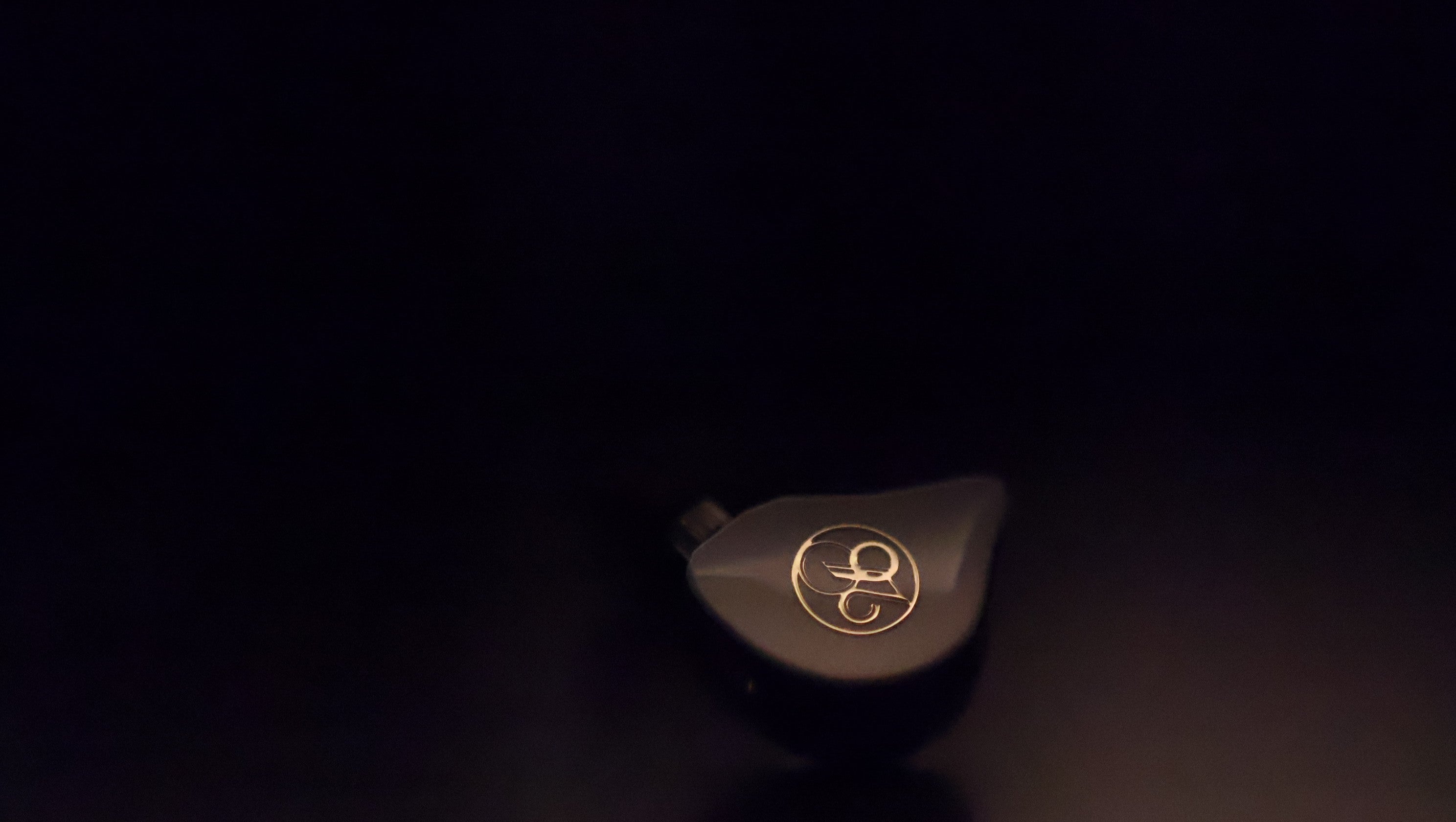You’ve probably seen those glossy graphs labeled “Frequency Response” and “THD” in headphone reviews. Cool pictures— but what do they tell you about the music you’ll hear? Below is a quick, no‑jargon tour of the new measurements for Tipsy M1 (single‑dynamic driver) and Tipsy M3 (1 DD + 2 BA hybrid).
1. Total Harmonic Distortion (THD)
(Lower = cleaner)
|
Range |
M1 (≤ 0.5 %) |
M3 (≤ 1 %) |
What it means |
|---|---|---|---|
|
20–200 Hz |
Tiny spike at 20 Hz (< 5 %), then drops under 0.3 % |
Similar dip; stays < 0.5 % |
Both drivers keep bass tight without fuzzy overtones. |
|
200 Hz–1 kHz |
0.05–0.2 % |
0.05–0.3 % |
Midrange—including vocals—remains ultra‑clean. |
|
1–10 kHz |
Peak never tops 0.4 % |
Slight hill near crossover (0.8–1 %), still inaudible |
Hi‑hat shimmer and guitar harmonics stay transparent. |
Take‑away: Anything below ~3 % is already safe; both models live far under 1 %. In plain English: no audible grain or crackle, even at loud passages.
M1 THD:

M3 THD:

2. Frequency Response
(How loud each pitch band is)
|
Band |
M1 – “Warm & Smooth” |
M3 – “Open & Detailed” |
Listening impact |
|---|---|---|---|
|
Sub‑bass (20–60 Hz) |
Light +2 dB bump |
Tighter, flatter |
M1 adds warmth; M3 keeps bass precise. |
|
Mid‑bass to Low‑mid |
Gradual 8 dB roll‑off |
Very similar |
Both avoid muddy lower mids. |
|
Presence (1 kHz) |
Gentle dip |
Slightly higher plateau |
M3 pushes vocals a hair forward. |
|
Clarity peak (2–4 kHz) |
+10 dB |
+11 dB, broader |
Both sound crisp; M3 feels a bit airier. |
|
Upper treble (8–12 kHz) |
Single smooth peak |
Multiple micro‑peaks |
M3 delivers more sparkle and “air”. |
M1 Frequency Response:

M3 Frequency Response:

3. How That Translates to Real‑World Sound
|
Trait |
M1 |
M3 |
|---|---|---|
|
Overall tonality |
Warm‑neutral |
Neutral‑bright |
|
Bass feel |
Slightly fuller, rounded edges |
Fast, well‑defined kick |
|
Vocal body |
Smooth & relaxed |
Forward, studio‑clear |
|
Treble |
Silky—no fatigue |
Extra shimmer & micro‑detail |
|
Soundstage |
Intimate |
Wider & deeper |
|
Best for |
Every‑day music, gaming marathons |
Critical listening, stage monitoring, FPS esports |
4. Why Both Graphs Look So “Flat”
Flat doesn’t mean boring—it means honest. A flat(‑ish) response lets you hear the track the way the artist mixed it. We then use tiny contour tweaks (+10 dB in the 2–4 kHz “clarity” band) so vocals and instruments pop without adding fake coloration.
5. Nerdy but Cool: ≤ 1 % Across the Board
Most sub‑$300 earphones never publish distortion figures. We do—because we can keep THD under 1 % from 20 Hz all the way to 10 kHz. It’s why busy mixes stay clean, cymbals don’t fizz, and basslines hit without blur.
The Bottom Line
-
M1 is your warm, forgiving daily driver—zero harshness, big comfort zone.
-
M3 is the step‑up monitor—studio‑grade clarity, bigger stage, still silky on top.
Graphs are only half the story, but ours back up what your ears will hear: precision without fatigue, art without gimmicks. Pop on a pair and let the curves speak for themselves.


Share:
Fewer Parts, Better Sound: Understanding IEM “Specs” Without the Tech Headache
🎧 Climbing the Stairway with Tipsy
2 comments
This article says the M1 is a single dynamic driver, but the product page for the M1 says it is a 1 balanced armature and 1 dynamic driver hybrid, although the ‘exploded’ rendered image only shows a dynamic driver. What is the reality?
Can I download the M3 graph? it should be a notes file, i need it so i can put then in squiglink website for warzone.